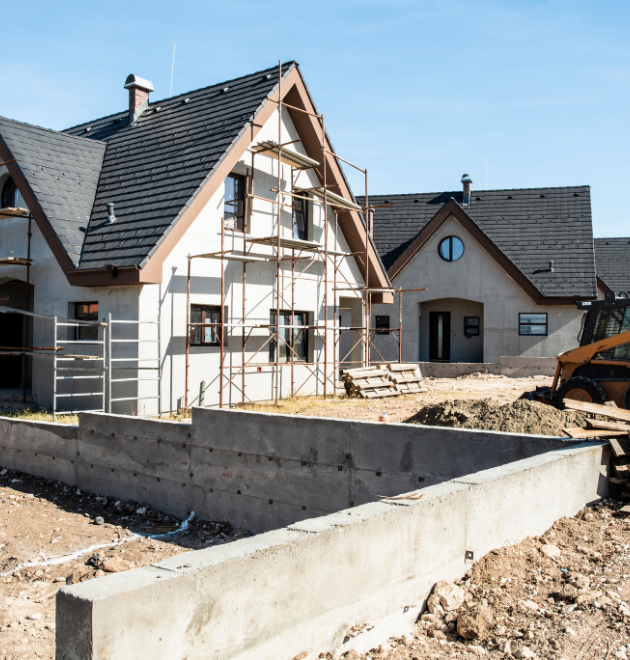July 21, 2025

Making the right choice between a full new build and a rear extension depends on more than just space needs. For homeowners and property investors in Wigan, Warrington, Bolton, and Worsley, understanding the long-term implications of each route can help avoid costly regrets down the line. Whether you’re growing your family or looking to maximise property value, it’s worth weighing up the pros and cons of both options before you break ground.
While both options aim to give you more space and functionality, they differ significantly in terms of planning, cost, disruption, and future flexibility.
A full new build means starting from scratch on a fresh plot or replacing an existing structure entirely. This route offers total design freedom, allowing you to plan your ideal layout, energy efficiency features, and materials without compromising. It’s often chosen when the existing structure is outdated, damaged, or not worth modernising. However, it comes with greater complexity, longer timescales, and more red tape, especially regarding planning permission, utility connections, and groundworks.
A rear extension, on the other hand, keeps the bones of your home intact while creating new liveable space at the back, often a kitchen-diner, family room, or ground-floor bedroom. It’s more affordable and less disruptive, particularly if you can live on-site during construction. Many extensions fall under permitted development rules, speeding up the start date. It’s a popular choice in urban areas across the North West where land is limited and the goal is to improve rather than rebuild.
Cost vs. Value Return
Extensions typically cost less upfront, especially if you’re not altering the roofline or foundations dramatically. But a new build may offer stronger returns in the long term, especially for investment purposes. The added control over layout, insulation, and finish can drive up resale value.
Planning and Legal Restrictions
In conservation areas or terraced streets, getting permission for a knockdown and rebuild may be more difficult than extending. Extensions are more likely to get swift planning approval or fall under permitted development, saving time and fees.
Timescale and Disruption
Extensions can often be completed in a few months, depending on scale and complexity. New builds take considerably longer due to groundwork, structural approvals, and external trades. If you’re living on-site, the convenience of an extension is usually preferable.
Design Flexibility
If your existing property has layout limitations or structural issues, a new build gives you the opportunity to resolve them entirely. With a rear extension, you may be limited by the current layout or need to work around older elements like narrow corridors or chimney breasts.
Sustainability and Energy Efficiency
New builds allow for ultra-modern insulation, renewable energy systems, and airtight construction. While extensions can also be made energy-efficient, they must connect with older parts of the home that may not be as well insulated or easy to upgrade.
MKW Builders can help you make the right decision for your property goals and budget. Whether you’re leaning toward a complete new build or a practical rear extension, we’ll guide you through planning, design, and construction. Call us on 01204358908 or fill out our contact form to book your consultation today.
